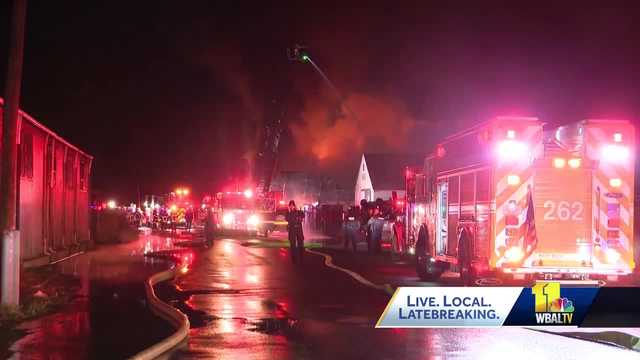Toxic Blaze Erupts: Recycling Plant Inferno Sparks Fresh Health Alarm

Firefighters returned to the Owl Corporation recycling facility on Thursday, battling a persistent blaze that unexpectedly reignited nearly a week after the initial fire was believed to be extinguished. The smoldering incident highlights the complex challenges of managing industrial fire sites and the potential for hidden hot spots to suddenly flare up.
Emergency response teams carefully monitored the site, working diligently to prevent further spread and ensure the safety of surrounding areas. The recurring fire serves as a stark reminder of the unpredictable nature of industrial accidents and the importance of thorough fire suppression techniques.
Local authorities continue to investigate the cause of both the original fire and its surprising resurgence, raising questions about the facility's safety protocols and fire prevention measures. Residents nearby remain cautious as the situation continues to develop.
